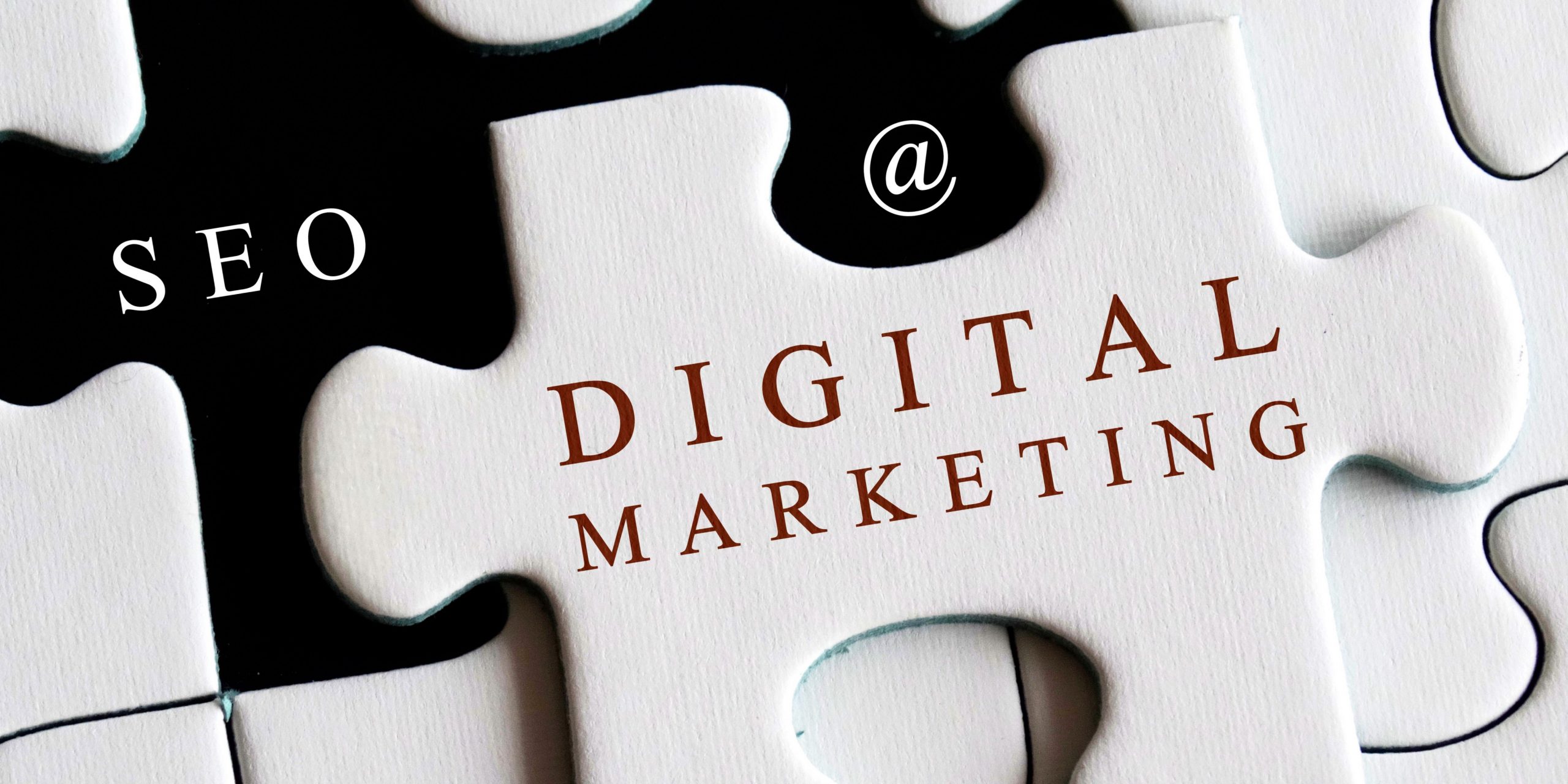So, what is Digital Marketing? It’s using the internet and digital channels to market a product or service in order to generate interest and ultimately drive revenue. A simple enough concept right? Well, it can be that way if you know how to harness its power.
Digital Marketing is a complex blend of art and science that works to drive consumer engagement by creating compelling experiences across all channels, from email campaigns to social media hashtags. All this has been made possible with the rapid evolution of technology in the last decade. For marketers, the challenge is to keep up with this growth and its constant shifts in order to see successful results.
Getting started in Digital Marketing can be tough because it requires more than just a Facebook profile and a Twitter account. Successful digital marketers understand that technology is an integral part of every marketing campaign, but some are better equipped for potential failure rates depending on their chosen marketing channels. It’s also important that brands remain consistent across each channel so as not to confuse consumers with multiple messages or push them away by being disorganized. The ultimate goal is consumer engagement which will lead to an increase in revenue, but there are many factors involved between achieving success or dismal failure. Let’s take a look at the most prominent Digital Marketing tools and how they work.
1. Website – A website, almost any website, is the foundation of modern-day consumer interaction with brands. Without one, you lose all potential consumers who go looking for your products or services online. Your site needs to be relevant, engaging and easy to navigate in order to maximize its potential. It should also encourage visitors to sign up for your mailing list so that you can keep them apprised of further developments within your company. Maintaining a blog on your site will allow you to share valuable insights with both current and prospective customers while staying involved in ongoing dialogue about industry issues. Plug-ins are used to measure user experience which helps you identify areas where improvements are necessary for increased traffic flow around the site.
2. Social Media – Social media sites like Facebook, Twitter and Instagram are powerful marketing tools to connect with consumers. With the right content, you can establish credibility in your industry by demonstrating expertise or sharing personal stories that humanize your brand. All of this helps create an emotional connection with potential customers which is what successful marketers strive for. The engagement tools on social sites allow advertisers to measure consumer response to their efforts so that they can modify future campaigns accordingly.
3. Email Marketing – This is one of the most popular types of digital marketing because it offers numerous benefits at little or no cost depending on your email service provider (ESP). You can easily spread the word about new or existing products, boost traffic, increase awareness and generate qualified leads by sending emails to people who’ve already shown an interest in your business through their contact information which you attained from various sources like website signups, events or other digital marketing activities.
4. SEO & SEM – Search Engine Optimization (SEO) helps improve your organic search rankings while Search Engine Marketing (SEM) is associated with paid advertising which allows marketers to reach a wider audience depending on their budget size. Without an effective online strategy consumers will never even know you exist, but getting found consistently takes time and effort. There are many components involved including technical details like meta tags, website code revisions and page load times that all impact how Google ranks websites; content creation is also important because each page should be relevant to the keywords selected for optimization, internal link structures need to be logical, titles should reflect what’s on the page and content needs to be readable.
5. Analytics – Every effective online marketing strategy should include analytics that provides valuable insight into how consumers are engaging with your website or blog, social media accounts etc. This includes information about page views, referral traffic sources, time on site, bounce rates and conversion rates along with other helpful statistics. With this data, you can determine which strategies are working for you so that you can fund those activities moving forward instead of wasting time and money on ones that aren’t effective. Marketers use their findings to make informed decisions about future campaigns based on real numbers rather than assumptions which is the best way to improve ROI over time.
6. Creative Services – The fast-paced nature of today’s business environment places a premium on efficiency which is why marketers are increasingly turning to outsourced activities that can be done more cost-effectively by skilled professionals. Creative services like graphic design, website development, video production and animation offer many advantages, including access to talent that would otherwise be too expensive for smaller organizations or startups. This allows you to put your limited resources toward other areas of your business rather than struggling with DIY efforts that likely won’t achieve the desired results anyway.
7. Content Marketing – It’s now common for companies to have an editorial style blog as part of their online presence because it adds credibility. They can use to connect with consumers in a positive way. Many consumer-oriented blogs are tapping into specific niches which means they’re written by people who know what they’re talking about and this is evident through the quality of their content. Professionally written blog posts help marketers establish themselves as authorities in their field which can lead to increased visibility and better engagement because consumers often prefer to deal with companies that provide interesting content on a regular basis.
8. Branding – Many companies fail to appreciate how much branding can impact their prospects or existing customers which is why they don’t invest in it as much as they should. A strong brand needs to be memorable, true to your core values and extend across all forms of media including digital marketing because that’s where the majority of consumers are spending time these days. This includes websites, social media platforms, blogs, business cards, promotional items and all other types of creative content used online or off so that you’re effectively promoting your company’s presence everywhere it matters most.
Digital marketing is constantly evolving which can make it challenging to keep up with the latest trends, but that’s why it’s so important to have a team of experts who can help you stay on top of things. As you can see, there are many different aspects to digital marketing and most brands should be using as many of them as possible in order to reach their target consumers. If you’re feeling overwhelmed, don’t worry because our team is here to help. We’ll work with you to create a custom digital marketing plan that uses all of the latest techniques and technologies so you can connect with more customers and increase your sales. If you have questions or you need more information about digital marketing, contact us today!




